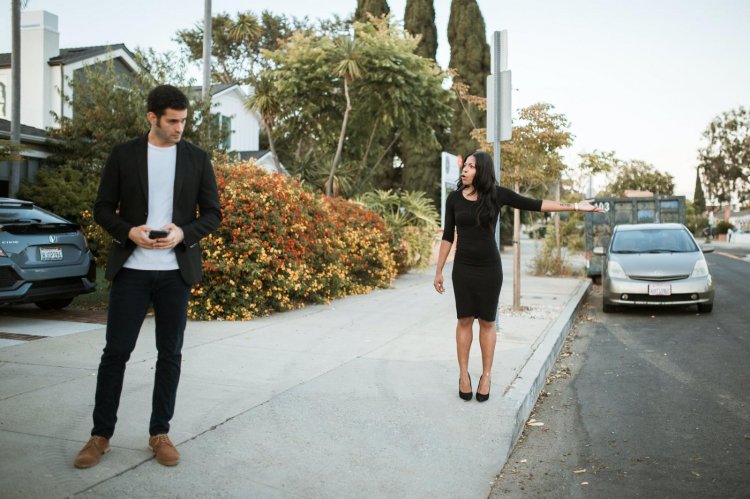How to Determine Fault in a Car Accident
After many car accidents, disagreements follow as to who was at fault. Arizona’s pure comparative fault rule allows you to seek financial compensation from the other party even if you were partly responsible.
You’ll need to follow the statute of limitations, which gives you two years from the date of your accident to file your claim. You may want to consult a personal injury attorney who can tell you more about what to expect when filing a personal injury claim.
An attorney is a valuable asset because filing a car insurance claim gets very complicated when there is doubt about liability. As an example, if someone rear-ends you, you may be deemed partially at fault. Is that fair? It’s not, which is precisely why you shouldn’t wait to gather what you need to help determine fault in a car accident.
Evidence for Determining Fault in a Car Crash
You should get the police report from your accident, which will be helpful in determining the fault in your accident. Other items can be submitted to help determine who was to blame.
If you have sustained injuries, you should make sure these are well-documented with medical records of your treatments. Eyewitness accounts, photos and videos of the vehicles and road conditions, traffic cameras, and other evidence can be submitted to support your claim and determine who was at fault.
What Do You Need to Prove Fault After a Car Crash in Arizona?
Because of the pure comparative fault rule, it can be complicated to prove fault in an Arizona car accident. Along with the evidence, you also need to establish four key elements to show negligence:
Duty of Care
First, you need to prove that the other driver owed a duty of care to you at the time of the accident. Every driver owes a duty of care to all other drivers. They should obey traffic laws and operate their vehicles safely and prudently.
Breach of Duty
The next step is proving that the other driver was negligent in their duty of care. For example, perhaps they were texting while driving, speeding, or even drunk when the accident occurred.
Direct Causation
It’s not enough to prove that a driver was engaging in negligent behavior. You must also prove that their breach of care was the direct cause of the accident and your injuries.
Damages
Finally, you’ll need to prove that your damages were a direct result of the accident caused by the negligent party. These can include medical bills, lost wages, property damages, pain and suffering, and more.
As car accidents can get complicated when proving fault in Arizona, it’s wise to speak with an attorney who can help you find proof. You’ll then be able to focus on healing from your injuries while your lawyer focuses on helping you get compensation to handle your losses.





